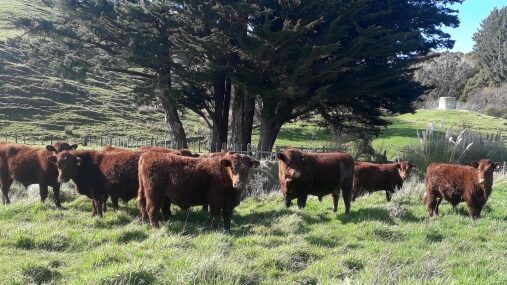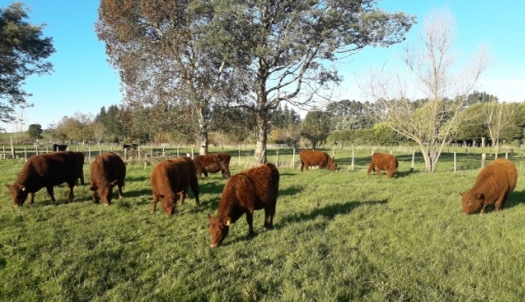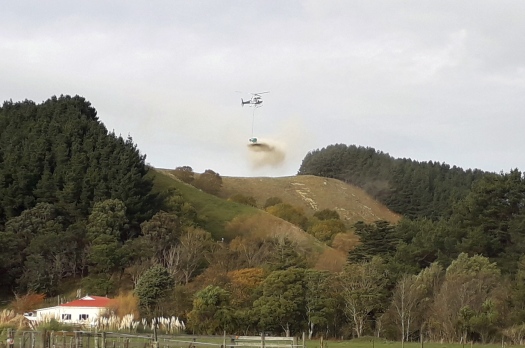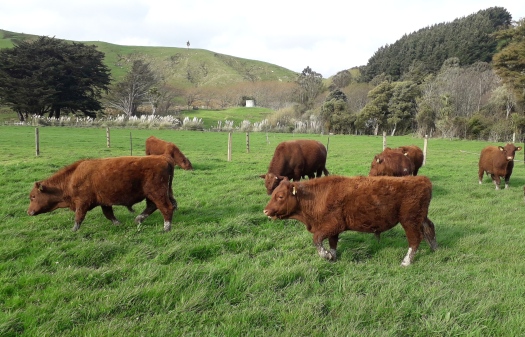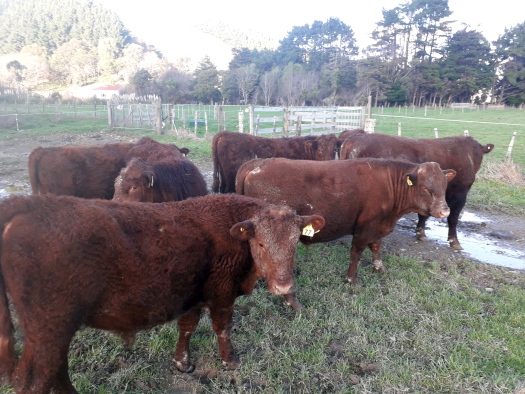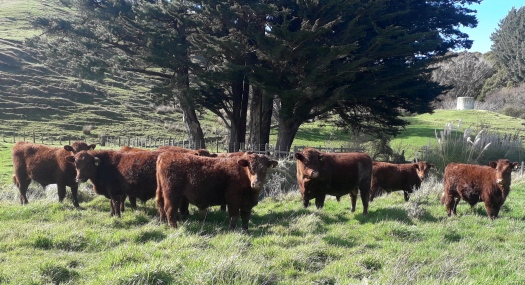Welcome to the WillsNet Red Devon Stud
The WillsNet Red Devon pure bred stud is located in the Tararua District, east of Eketahuna and close to Alfredton.
The land surrounding the farm is typically sheep and beef land with medium to steep hills and flats.
CONTACT DETAILS:
Don and Jeanette Wills
Email: don.s.wills521@gmail.com
Phone: 06 375 8589
Location: Wairarapa
The Tararua weather is a predominant factor; regular rain and sometimes flooding of the flats, occasional high winds with a significant chill factor even in summer, and regular intense sun from spring to autumn.
The consequence is the need for stock shelter, drainage and all weather tracks for access, and lots of grazing feed for most of the year with hay supplements during the winter.
The key to make the Red Devon stud profitable is to grow the bulls so that the herd includes yearlings, rising 2s and rising 3s; the older stock are available for sale as pure bred breeding bulls. As an example, here is an image of the R2 bulls available at the end of 2021:
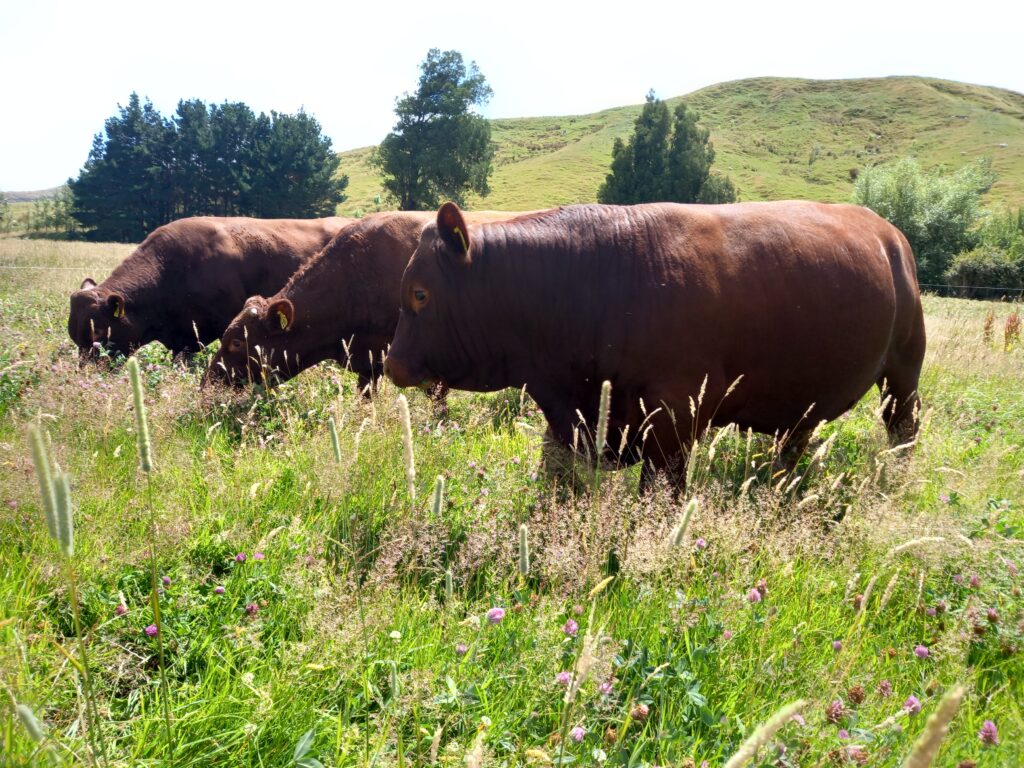
The factors which support the grazing regime include the following:
- Regular soil and herbage tests which provide the evidence for mineral deficiency including calcium (lime), phosphate (RPR), magnesium (dolomite), sulphur (bentonite), potassium (sulphate), and a selection of trace elements; eg selenium, cobalt, molybdenum, boron etc.
- Seaweed in particle matter which assists the minerals to be absorbed in the soil and made available to the plants and the underground beneficial micro organisms.
- A diversity of plants some with deep roots and some with nodules to fix the free nitrogen.
- Tractor driven subsoil implements used to aerate the compacted soils on the flat paddocks with excellent productive results.
- Strip grazing is practiced with back electric fences sometimes used to ensure that once the stock has finished one end of the paddock, the other end of the paddock is ready for grazing as a continuous cycle. Promotion of the regrowth is to leave a significant amount of grass untouched. The stalky rye grass and cocksfoot is trampled underfoot and decays over time and adds to the soil humus.
- For practical reasons such as soil protection, safety and friendly co-operation amongst the bulls, the stock are shared out over several paddocks at any time.
In essence, my approach to breeding cattle is to allow Nature do most of the work, with the Tararua District being a fortunate region to achieve this outcome.

